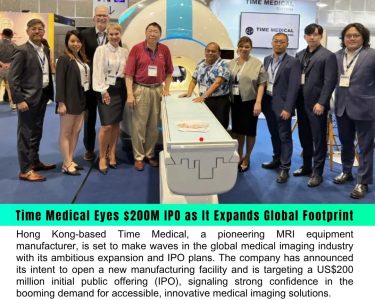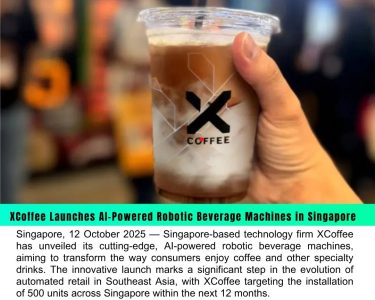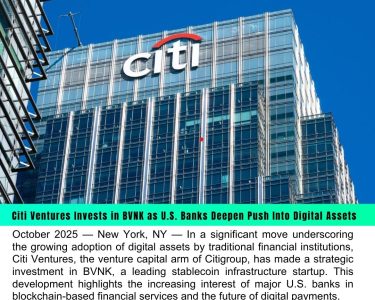Tesla, the electric vehicle pioneer led by Elon Musk, recently made headlines with a significant decision to trim over 10% of its global workforce. This move comes in response to lower sales figures and market challenges, reflecting Tesla’s strategic adjustments to navigate evolving industry dynamics and economic realities.
The workforce reduction at Tesla signifies a strategic realignment aimed at optimizing operational efficiency and cost management. As the automotive sector experiences shifts in consumer demand, supply chain disruptions, and regulatory changes, companies like Tesla are compelled to adapt their workforce size and structure to remain competitive and sustainable.
The decision to trim the global workforce also reflects broader industry trends and economic factors impacting the automotive market. Lower sales figures, supply chain constraints, and macroeconomic uncertainties have prompted automakers worldwide to reassess their business strategies and streamline operations to weather market volatility effectively.
While the news of workforce reduction may raise concerns, Tesla’s leadership remains focused on long-term growth and innovation. The company’s commitment to advancing electric vehicle technology, sustainable energy solutions, and autonomous driving capabilities remains unwavering, driving its strategic decisions amidst industry challenges.
In addition to the workforce reduction, Tesla also witnessed key executive departures, including Drew Baglino and Rohan Patel. Baglino, who served as the Senior Vice President of Powertrain and Energy Engineering, played a pivotal role in advancing Tesla’s electric vehicle technology and energy initiatives. Patel, as Vice President of Energy Products, contributed significantly to Tesla’s endeavors in renewable energy solutions.
While executive departures can impact organizational dynamics, Tesla’s leadership continuity and strategic vision remain intact. Elon Musk’s leadership and visionary approach continue to guide Tesla’s trajectory, emphasizing innovation, sustainability, and customer-centricity in its products and services.
The challenges faced by Tesla, including lower sales and workforce adjustments, are not unique to the company but reflect broader industry trends and market dynamics. As the automotive sector undergoes rapid transformation driven by electrification, connectivity, and autonomous technologies, companies must navigate complexities and uncertainties while staying agile and responsive to market shifts.
Tesla’s resilience and ability to innovate amidst challenges have been key factors in its success and market leadership. The company’s relentless focus on technological advancements, market expansion, and customer experience sets it apart as a trailblazer in the electric vehicle and sustainable energy sectors.
Looking ahead, Tesla’s strategic decisions, including workforce optimization and executive transitions, are aimed at strengthening its competitive position, enhancing operational efficiency, and driving sustainable growth. As Tesla continues to pioneer innovation and shape the future of mobility, its actions reflect a strategic response to market realities while staying committed to its mission of accelerating the world’s transition to sustainable energy.





